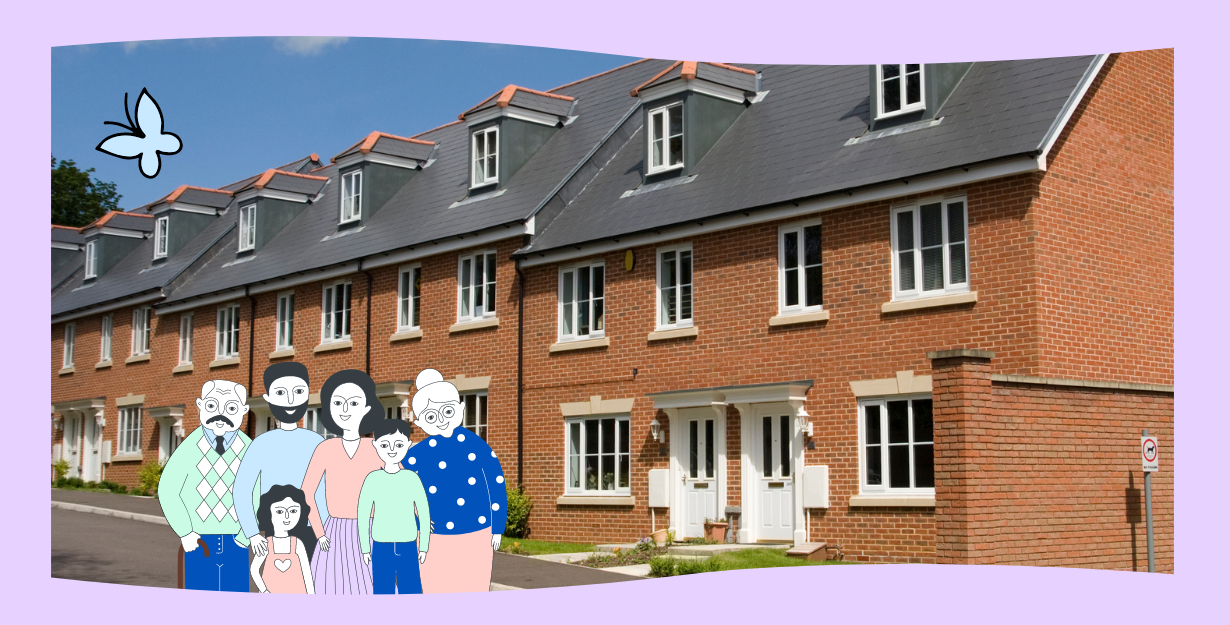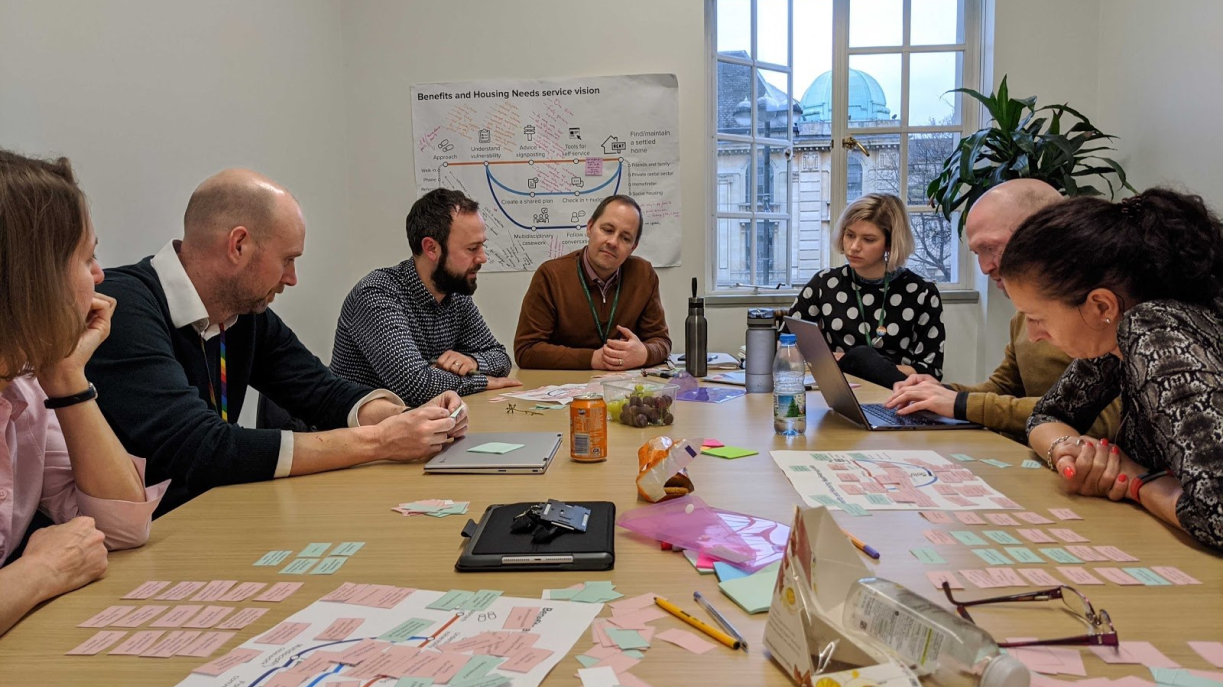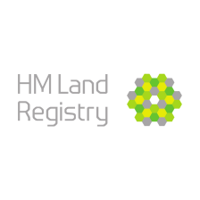
Transforming the delivery of homes Housing & planning
We know that the planning, delivery and management of good quality homes are among the biggest challenges faced by the government, housing associations and the industry today. That’s why we’re dedicated to supporting organisations seeking to transform policy around housing, planning, home-buying and selling. We do this by helping organisations embrace digital infrastructure to streamline delivery and sustainable development, improve services and engage their citizens and customers.


Who we work with
Our sector expertise unites policymakers, investors, and communities to design and scale funding, policy, and capacity-building to transform housing and planning.

“The team played a key role in helping shape and inform a learning programme for towns. The learning programmes, Place Leadership and Making Connections Count, were innovative and well-received by all towns who participated.”

Discover our impact
Our previous community improvement projects explored urban development strategies and affordable housing initiatives by getting to the heart of community and citizen needs.
-

-

-

Redesigning Hackney’s benefits and housing needs service
Read case study
Work with us
Let’s work together on transforming housing and planning. Please fill out the form and our team will get back to you.

Work with us
Let’s work together on transforming housing and planning. Please fill out the form and our team will get back to you.







